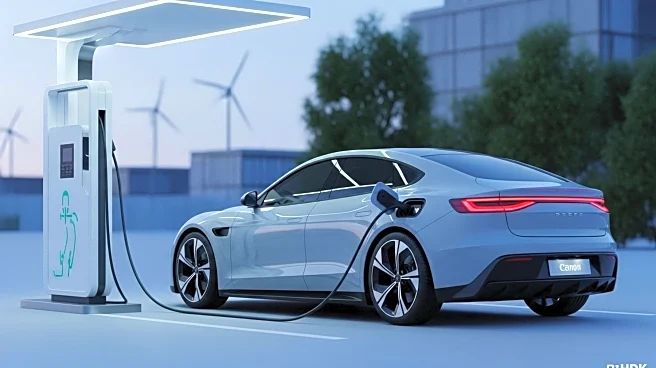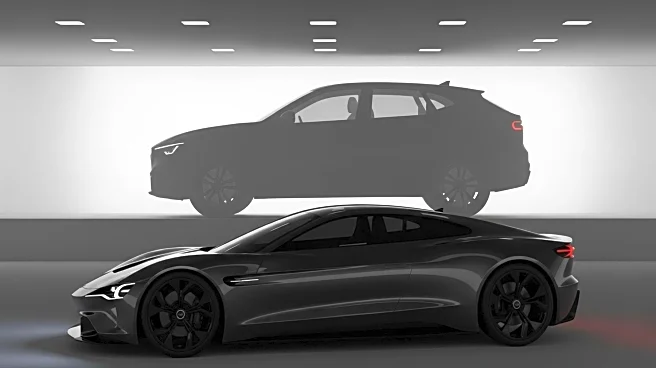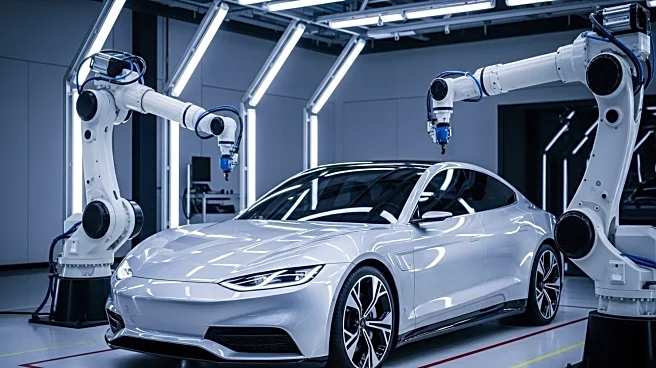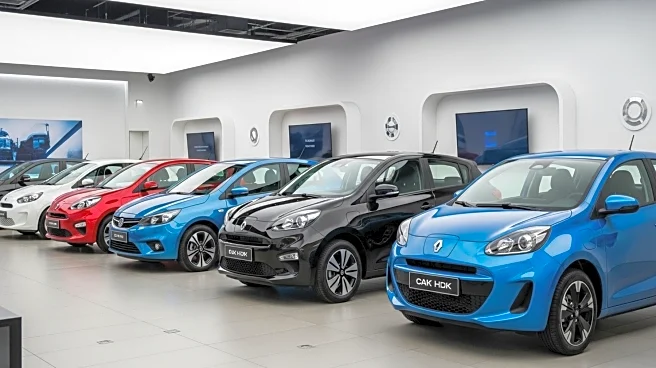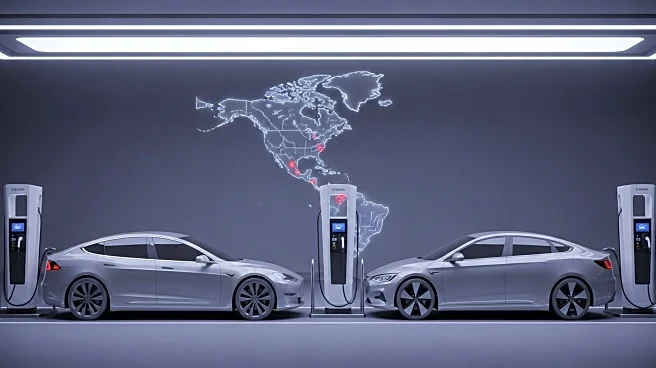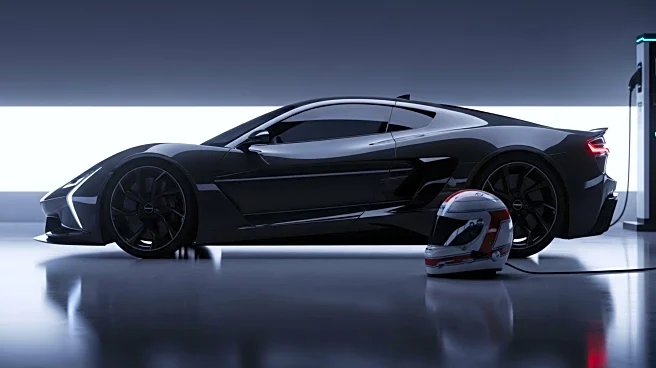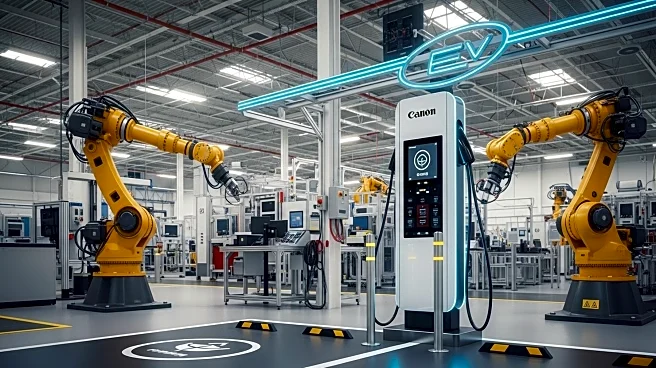What's Happening?
Polestar has announced a delay in the production of its Polestar 6 roadster, originally planned to be the brand's most powerful and expensive model. The decision comes as the company shifts focus to the Polestar 7 crossover. The Polestar 6, boasting 884 horsepower, was set to be a significant addition to the lineup. However, changes in tariffs and the cessation of federal incentives have impacted the brand's strategy, leading to a reevaluation of its production priorities. Many of Polestar's models are manufactured in China, which has influenced the company's decision-making process due to the economic implications of tariffs.
Why It's Important?
The delay of the Polestar 6 roadster highlights the challenges faced by automotive companies in navigating international trade policies and incentives. The shift in focus to the Polestar 7 crossover reflects a strategic adaptation to market demands and economic conditions. This decision may affect consumer expectations and the competitive landscape in the electric vehicle market, particularly as companies balance innovation with financial viability. The move could influence other automakers to reassess their production strategies in response to similar economic pressures.
What's Next?
Polestar's decision to prioritize the Polestar 7 crossover suggests a potential shift in consumer demand towards more versatile vehicle types. The company may continue to adjust its lineup based on market trends and regulatory changes. Stakeholders, including dealers and consumers, will likely monitor Polestar's future announcements for updates on production timelines and model availability. The automotive industry may see further strategic shifts as companies respond to evolving economic and regulatory environments.
Beyond the Headlines
The delay of the Polestar 6 roadster could have broader implications for the electric vehicle market, including potential impacts on innovation and consumer choice. As companies navigate tariffs and incentives, there may be increased emphasis on strategic partnerships and technological advancements to maintain competitiveness. This situation underscores the complex interplay between international trade policies and the automotive industry's growth trajectory.


